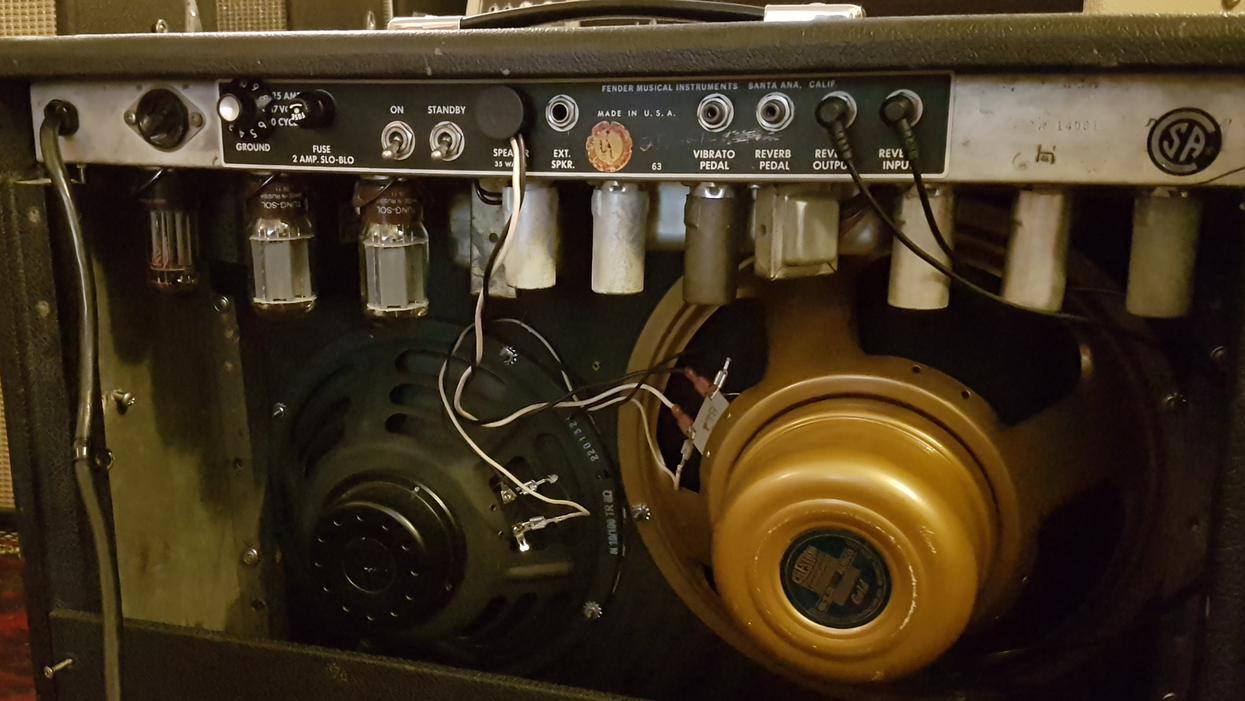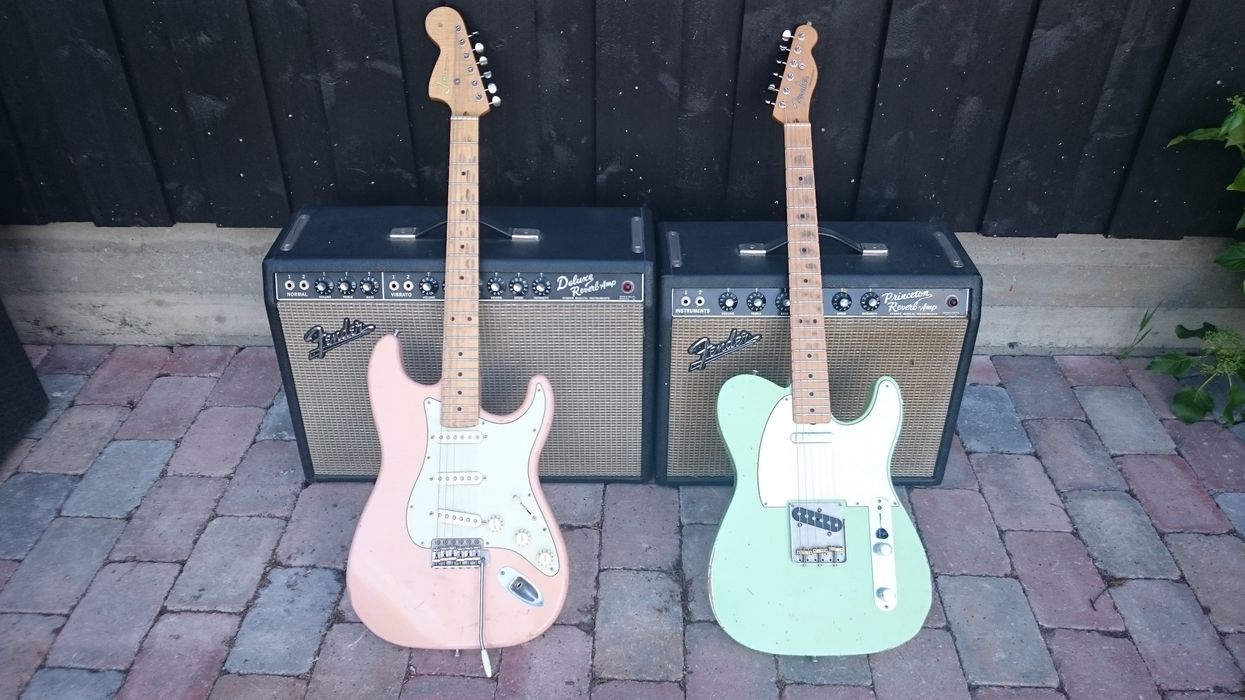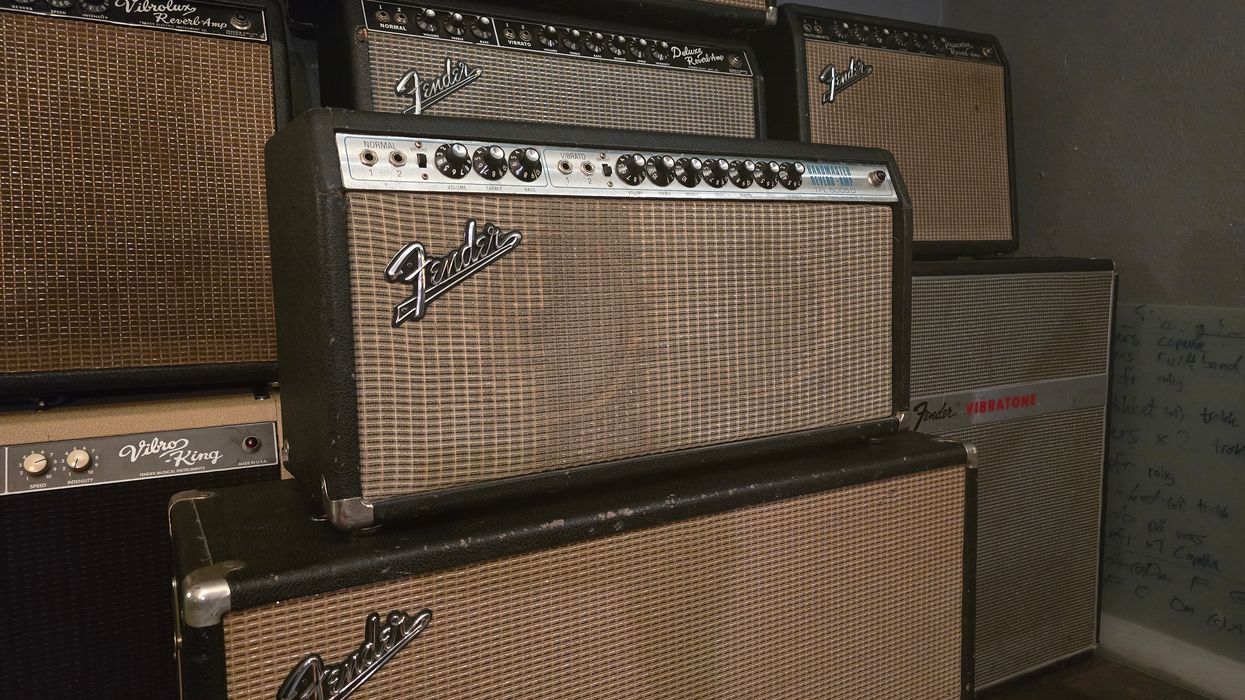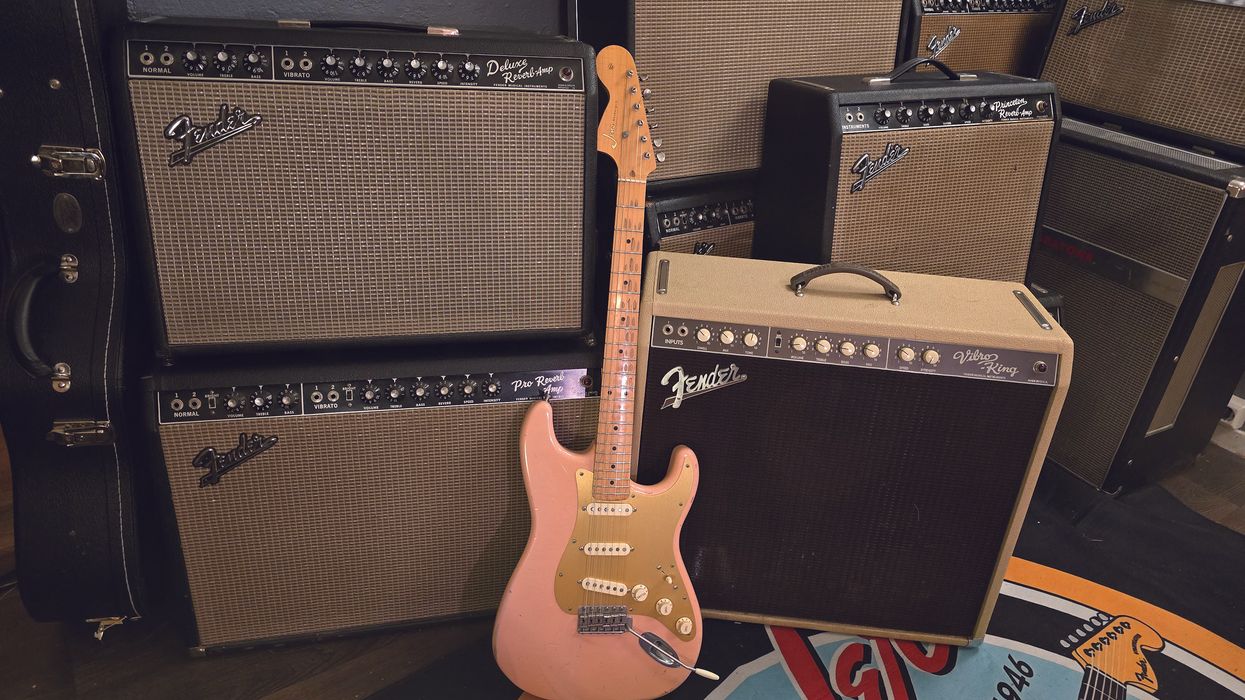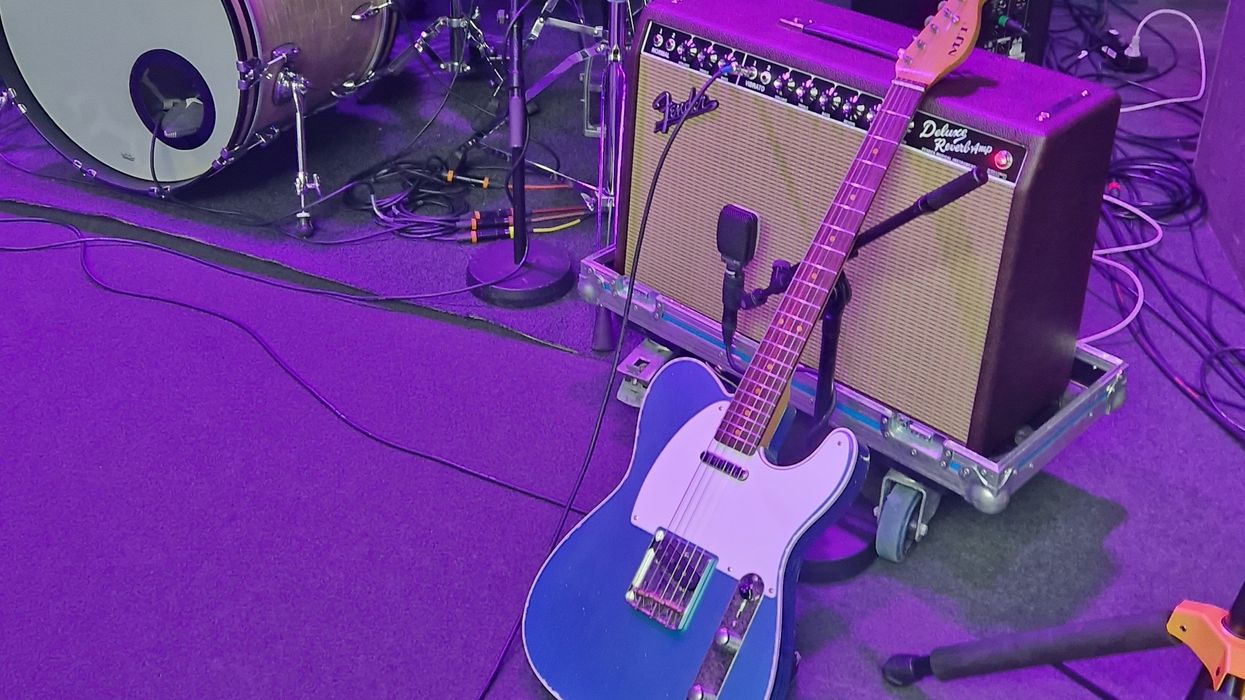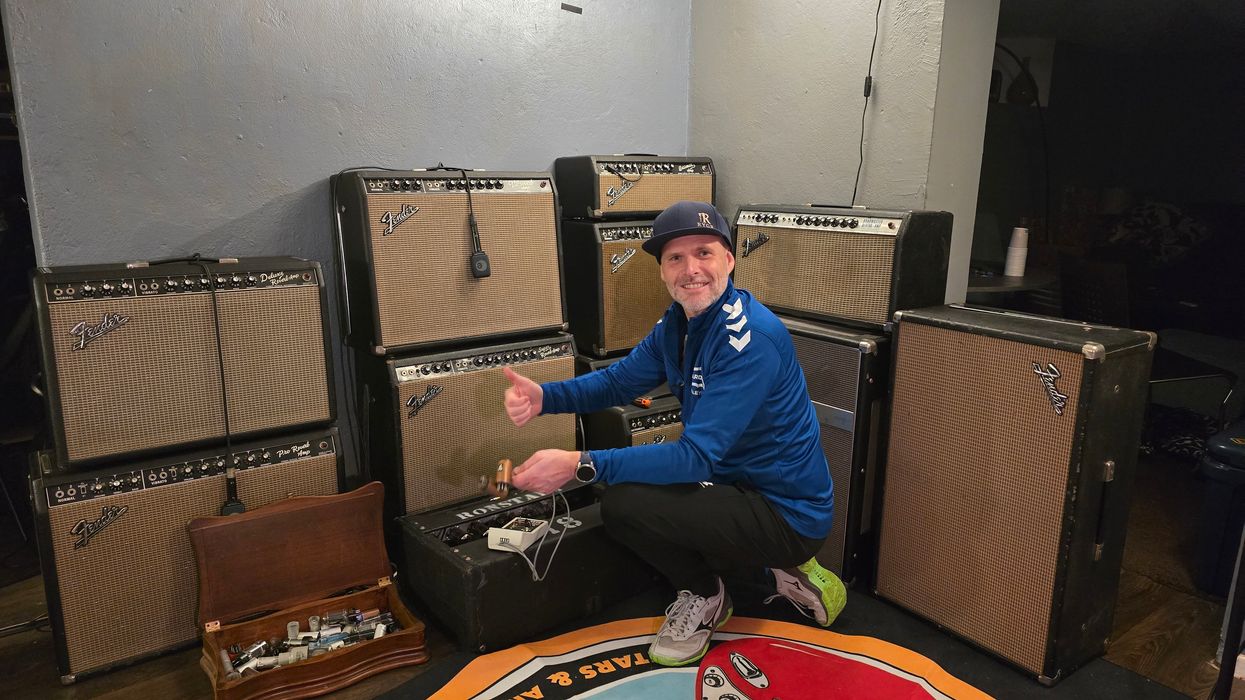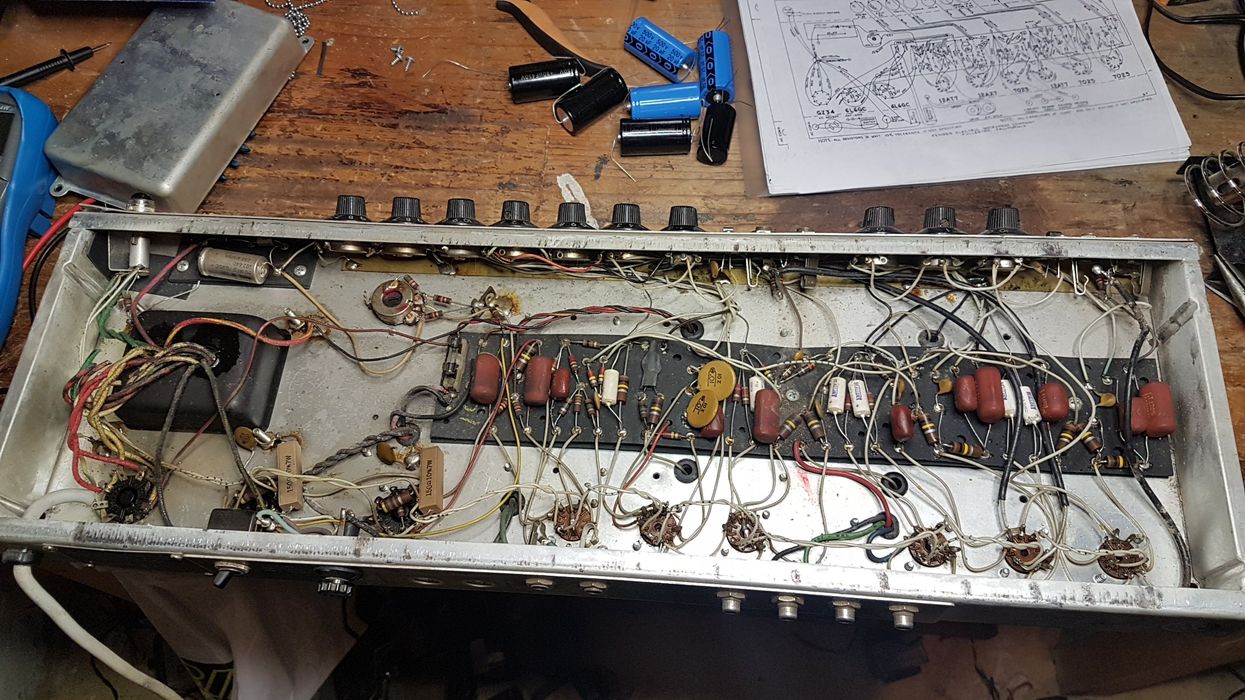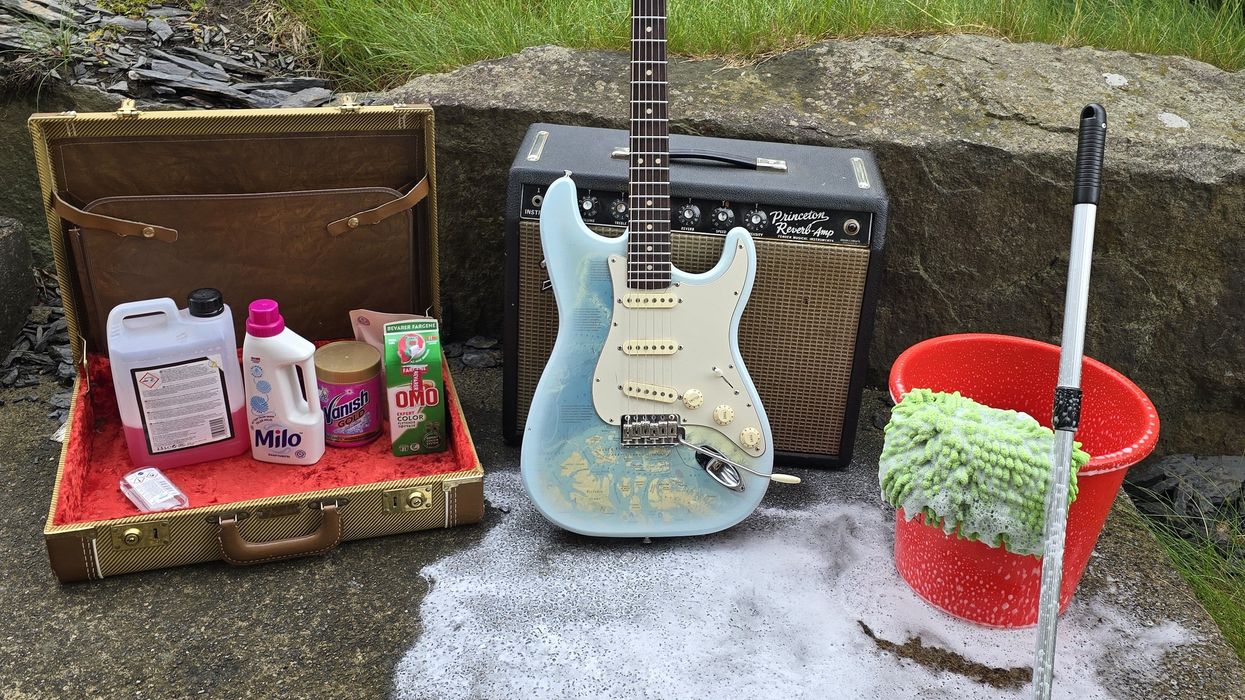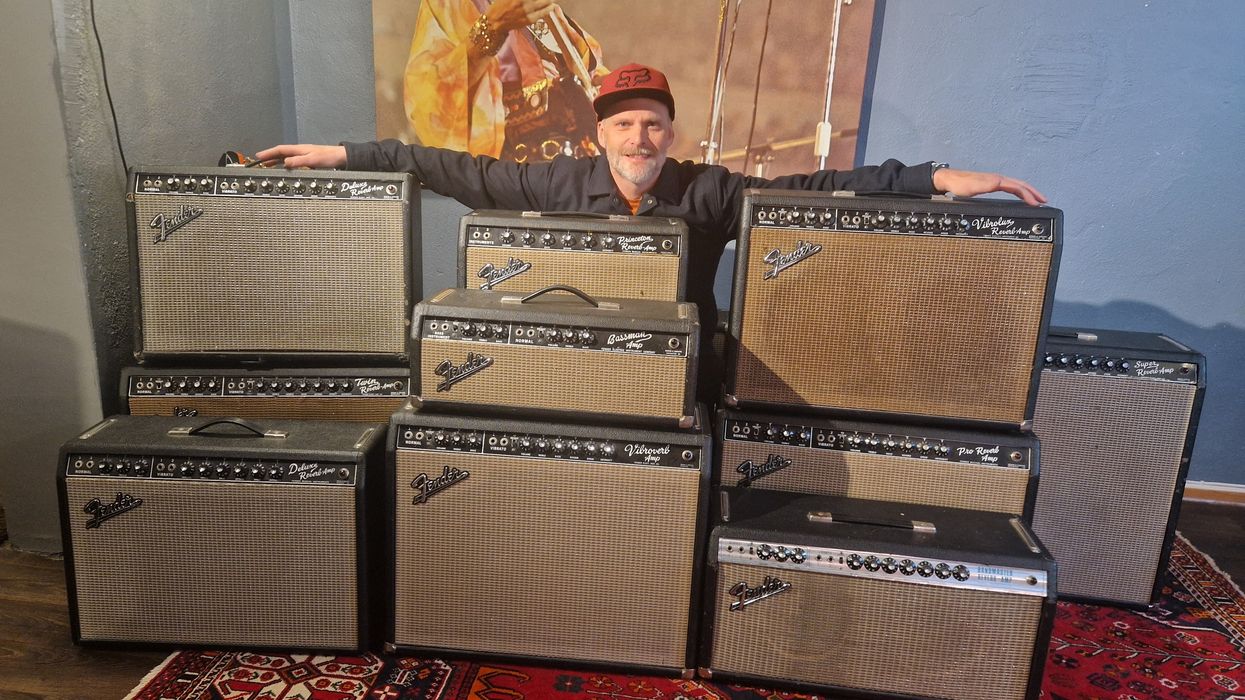As you know, replacing or augmenting the speakers of your Fender amps is the easiest way to organically change your guitar tone. So, let’s discuss some alternative speaker configurations for classic Fenders. We’ll also explore some basic knowledge about resistance, current, and power distribution along the way, which will enable you to safely experiment.
If you are replacing or adding speakers, it is important to verify that all speakers are in phase and that you wire the plus and minus terminals correctly. Otherwise, the speakers will cancel each other out and the result will be a thin, weird tone without much bass or character. This rule applies to all speakers in the main amp and in extension cabinets. For all the examples in this column, I will refer to 8-ohm speakers wired in parallel, if not explicitly mentioned otherwise. I will also use both the terms “impedance” and “resistance,” which are commonly used in these conversations, even though the correct term for speaker resistance is impedance. Got that?
Now, let’s use a Deluxe Reverb as an example. The most common trick to create a bigger tone and more spread from a Deluxe is adding a second cabinet with a 12" speaker. The Deluxe has just enough power to drive them both. However, I’ve found that the Deluxe’s 22 watts is not enough for adding a 15" speaker. The bottom end gets too loose and farty. For that option—which features a full clear bottom end and opens up the array of overtones—I would typically recommend a bigger, 35- to 40-watt amp. But there is an option for adding a 15" speaker to a lower-powered Deluxe. You can replace the 6V6s with 6L6GC tubes for more power. Then, adding a 15" speaker makes sense.
“It is important to verify that all speakers are in phase and that you wire the plus and minus terminals correctly.”
Here comes a few even-more-advanced tricks with the Deluxe Reverb. The first: Replace the original 1x12" baffle with a 2x10" baffle for snappier low-end response, more sparkle, and a more scooped tone. It is very easy to cut out a solid pine board and staple grille cloth onto it. With two 10" speakers, the total speaker impedance also changes from 8 to 4 ohms, and will suit the 6L6GC tubes better, since they have a lesser output impedance than the 6V6 tubes. After that mod, if I want to play at lower volumes, I unplug one speaker and use the Deluxe Reverb as a single 1x10".
An even more creative and rarer variant is to use both 10" speakers together with a 15". In this setup, you have to wire the two 10" speakers in series and connect the 15" via the external speaker output. The amp will then see two resistance branches in parallel:
- Branch 1: the two 10" speakers = 8 ohms + 8 ohms, for 16-ohms resistance.
- Branch 2: the single 15" speaker = 8-ohms resistance.
The current always wants to follow the path of least resistance, so the second branch with the 15" speaker will get twice the amount of power and current as the first branch. And since there are two speakers in the first branch, that total branch’s power is divided equally between them. This results in a roughly 67 percent + 17 percent + 17 percent power distribution for the three speakers. This is a healthy and good-sounding balance, since a 15" speaker requires and can take a lot more power than a relatively tiny 10" speaker. Be aware that you must not use the amp in this configuration without the 15" plugged in, or you will damage the power tubes. The amp expects a 4-to-8-ohm impedance with the 6L6GC tubes. The two 10" speakers alone at 16 ohms is too far outside the safe operating range.
I will also briefly mention a change-up for the 2x10" 35-watt Vibrolux Reverb. If you want more punch and a bigger low end from this model, you can replace one of the 10" speakers with a powerful and efficient 12". I have had great fun fitting a 12" Celestion Alnico Gold on the preamp side of the amp and a lighter, neodymium Jensen Jet Series Tornado 10" on the power transformer side of the amp, where there is less physical space for a big speaker magnet. You now have three power levels: the 10" alone, the 12" alone, or both together for maximum punch. I can even add another 12" external speaker cabinet via the external speaker output for a mega spread on big stages. If I want to add a 15" extension speaker, I prefer to disengage the internal 10" and use the 12" and the external 15" together. My favorite modern 15" is the Eminence Legend 1518. It is impressively responsive. Also, it balances nicely with a classic vintage black-panel Fender tone.
I hope these ideas and tricks inspire you to experiment with speakers.


